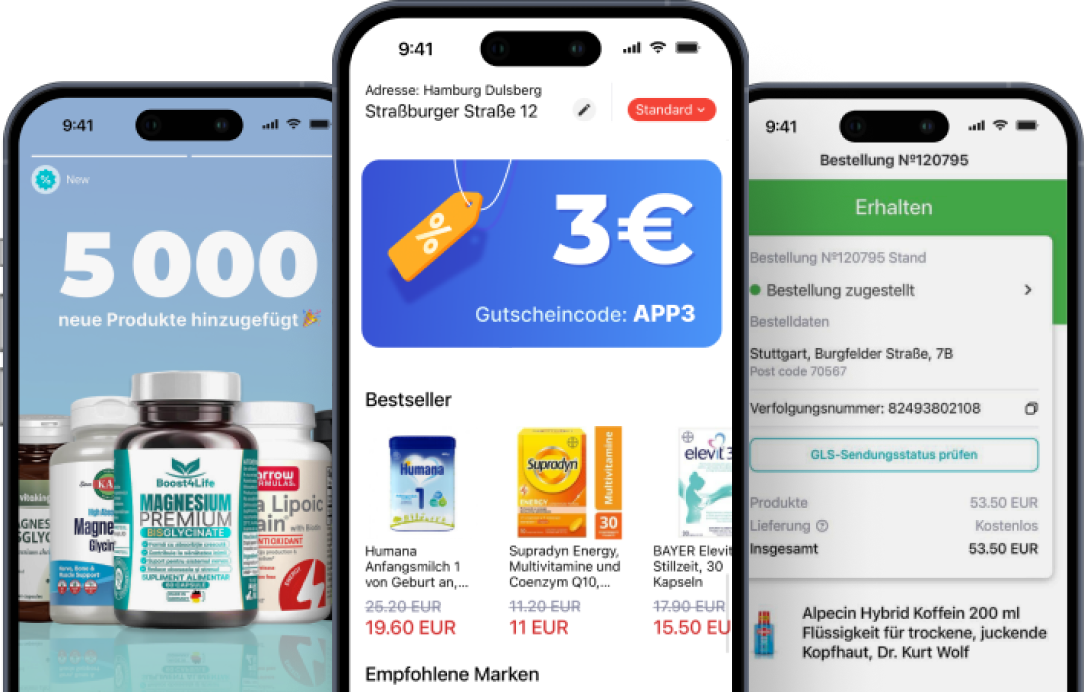Description
ACTION AND DESCRIPTIONAnti-colic bottle with nursing teat. Inclined angle. Flat and symmetrical shape. Skin color. Super thin. Designed to resemble the mother's nipple as much as possible and minimize confusion, allowing the baby to easily return to the breast or any other bottle teat. LATEX ALLERGY Does not contain latex. STORAGE AND EXPIRATION The term "cleaning" children's tableware does not have the same meaning for everyone, therefore, it is advisable to make a series of recommendations in order to achieve the same routine for all people who care for the infant. The cleaning process must become a habit, a daily routine that must always be carried out in the same way, so that regardless of who is in charge of cleaning, the result is optimal and guarantees the asepsis of the material. Cleaning children's tableware is essential, because the infant's body has a weak antigenic capacity, so that an infection, such as gastroenteritis, can have very serious consequences. All material that will be in contact with the newborn, must have optimal hygienic conditions. - Before preparing the bottle, wash your hands thoroughly with soap and dry them with a clean towel. - Any microorganisms must be eliminated by boiling or using the usual sterilizers. While the baby is being fed by its mother, hygiene monitoring is reduced to the few items that it can put in its mouth, which are the fingers and the pacifier, but the transition to artificial feeding, especially if it occurs before 4 months, implies not only the loss of the contribution of the immune defenses contained in the mother's milk, but, above all, the incorporation of a risk factor, because any hot milk residue becomes a bacterial culture medium. The routine should begin at the end of a feed: "After each feed, the bottle must be washed with plenty of hot water, soap and a brush." - A series of used and washed items can be accumulated (the number depends on the type of technique chosen) for sterilization, generally a once a day, and left to dry. - There are different types of sterilizers on the market, based on various physical or chemical procedures, to achieve the eradication of microbial load. In the case of heat-resistant materials, there are tablets or solutions that act cold. There is the option of sterilizers that use the germicidal effect of boiling water vapor or that generated in electrical appliances of various kinds. a) Cold sterilization Chemical process that uses the oxidizing action of hypochlorous acid, in the form of a solution or tablets Allows items to be sterilized simply by placing them (baby bottles, teats, threads, pacifiers, teethers or toys) in a bucket with water and a chemical solution (in the form of a solution or tablets). Sterilization time varies, and ranges from half an hour to an hour. The solution must be renewed every 24 hours to avoid possible infections. Sterilized items must be rinsed. b) Heat sterilization Boiling water destroys pathogenic microorganisms. Sterilization occurs through water vapor and with a duration of 10 to 20 minutes. The bottle is pre-filled with water to two-thirds of its volume, holding it upside down to allow the hot steam to pass through more easily. PRECAUTIONS AND WARNINGS Baby bottles must be provided with a volume scale in milliliters. The precision of the measurements indicated on a bottle is extremely important: if the correct proportion of water and powdered milk is not maintained, this may cause the infant's kidneys to be too burdened, or too much water may be given in relation to the milk actually contained in the bottle. This also occurs if the powder is added incorrectly: REMEMBER "Use the measurement included on the package or can of powder, level it and do not fill it to the top." Risks of bottle feeding: 1. Aerophagia: During feeding, the bottle must be kept at a good angle to prevent the baby from swallowing excess air, which could cause severe colic. 2. Burns: Sometimes, especially when using a microwave, the body of the bottle does not heat up, but the contents may be close to boiling. The temperature of the milk or porridge should be checked before giving it to the newborn to avoid burns. 3. Emotional Problems: The baby should never be deprived of the positive emotional aspects of breastfeeding. Therefore, it is important that while bottle-feeding, the emotional relationship between parents and the newborn is strengthened with words, kisses, or caresses. 4. Release of Materials: Given the high temperatures to which the bottle is subjected, materials may be released, which could obstruct the airways or cause the migration of toxic products. Choosing quality products guarantees safety in this regard. 5. Choking due to excessive feed flow. Always use this product under adult supervision. Prolonged and continuous sucking of fluids can cause cavities. Inspect the teat carefully before each use and pull it in all directions. Discard it at the first sign of deterioration or fragility. Keep all unused components out of the reach of children. Do not leave the teat in direct contact with sunlight or other heat sources, nor do you leave it immersed in a sterilizing solution for longer than recommended. All of this can damage the teat. Never use teats as pacifiers. Always check the temperature of the feed before feeding.
Features
| Product code | 501216 |
| Category | Bottles, Feeding accessories |
| Delivery from | Spain |
Reviews
All reviews

There are no reviews for this product.
Thank you for your review! It has been sent for moderation.

















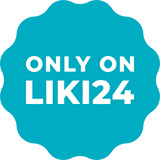

















































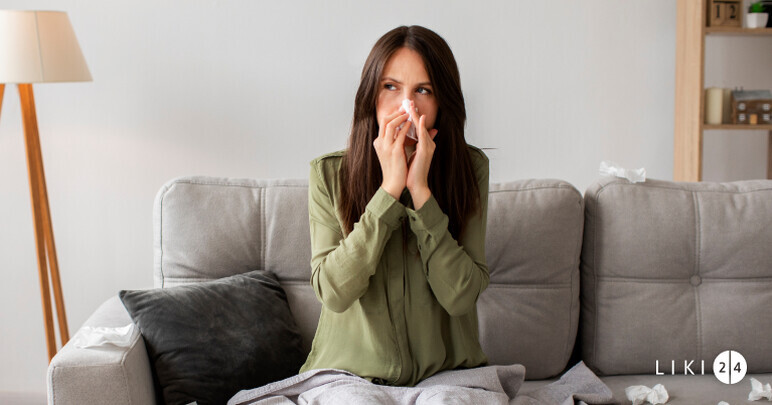

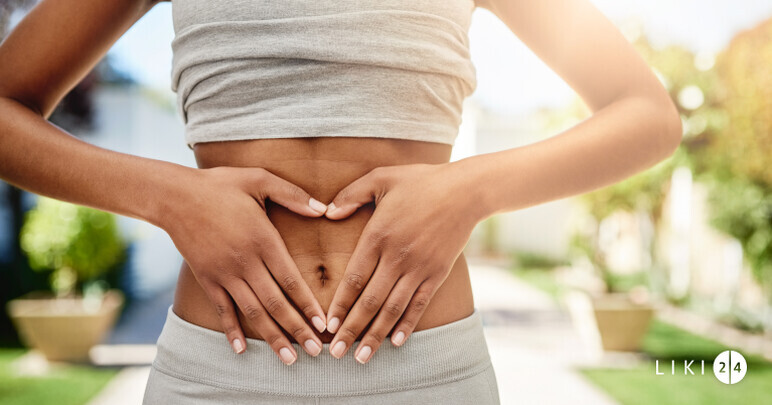
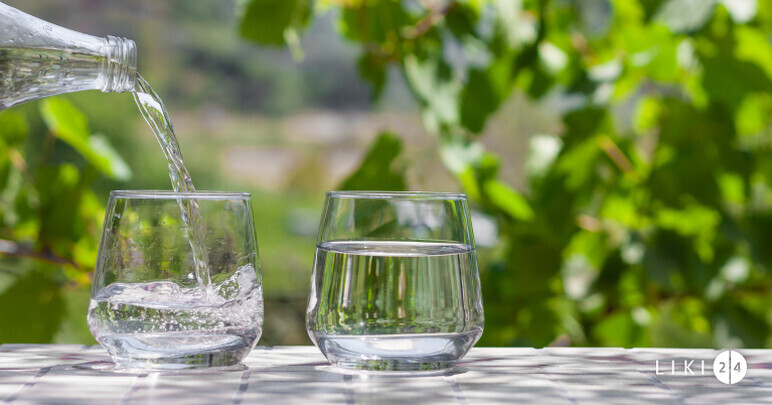
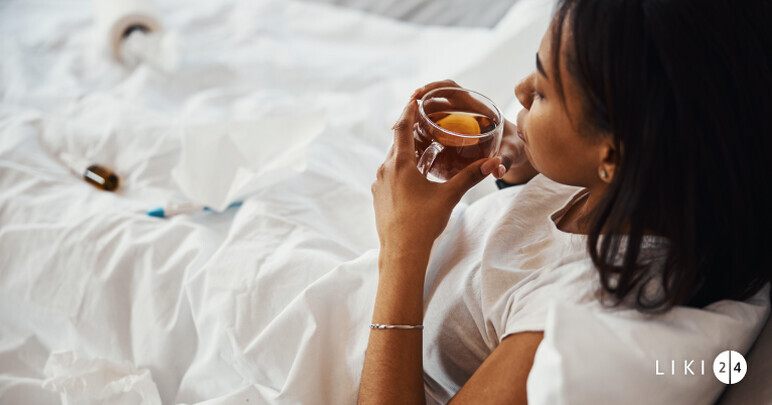
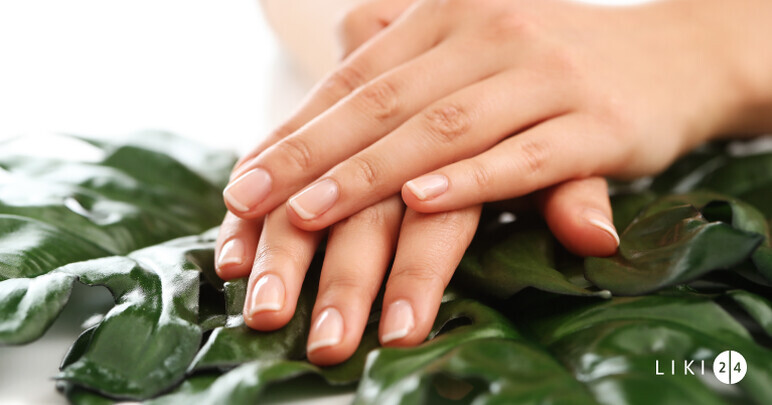
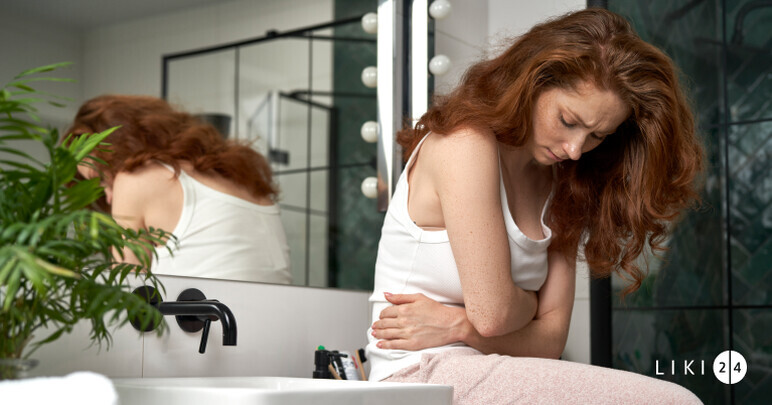

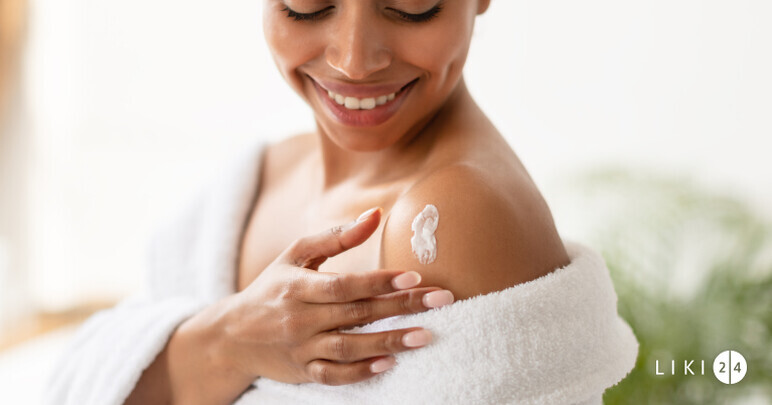
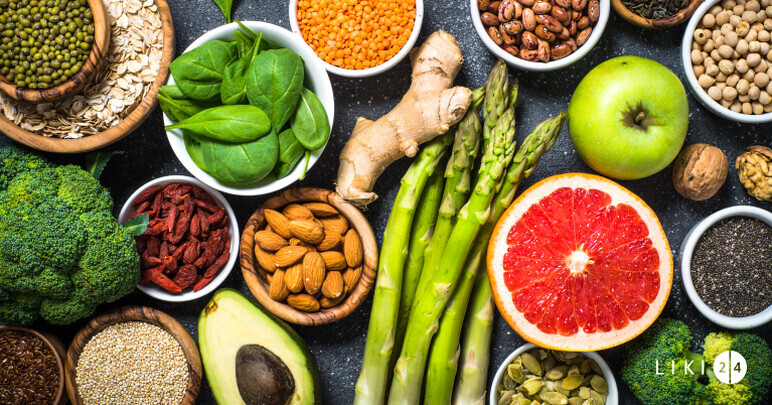



















 Description
Description 



